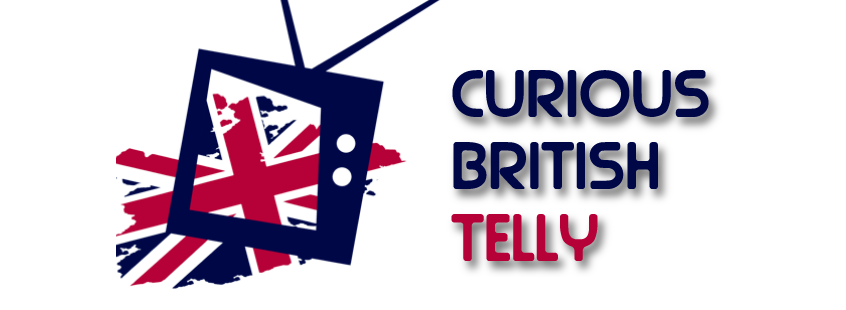Sky has changed the British television viewing experience over the last few decades, but it started off as a single loss-making channel back in 1984.
Turn on your TV and, unless you haven’t paid your electricity bill, you should be confronted by close to 8,000 channels; there also won’t be anything worth watching. That’s not the grumblings of someone unable to accept progress, it’s fact. Sure, some of the best television ever made has emerged in the last 10 years, but the incredible amount of available programming means the quality to trash ratio is unanimously skewed towards shows like What’s in My Shed? hosted by Vernon Kay. Much of the changes to our viewing landscape have come about thanks to the multi-channel approach of Sky Television. Their dominance and ubiquity in our lives, however, wasn’t always the case.
Satellite Television, which was the original channel name from which Sky would emerge, first started transmitting test broadcasts in Autumn 1981 via Europe’s Orbital Test Satellite. Whilst it was possible to catch these very early broadcasts in the UK, it involved purchasing a special dish costing around £4,000 (close to £9,000 in today’s money). The first countries to officially subscribe to Satellite Television were Norway, Finland and Malta with broadcasts received through cable TV rather than a satellite dish due to the low power capabilities of the Orbital Test Satellite.
The service, initially, was not aimed at the UK as the majority of their schedule – limited to just two hours at this point – was archived British programming, and the majority of the existing advertising budget in the UK was already committed to the BBC, ITV and the upcoming Channel 4.
However, the UK was not far off from the world of Satellite Television. As more countries began broadcasting Satellite Television in 1982, the channel caught the attentions of Rupert Murdoch’s News International and, in June 1983, they became the majority shareholder in Satellite Television. Plans were quickly made to launch the service in the UK – where Satellite Televsion was based – but first a rebranding was required and it was renamed Sky Channel. Broadcasts were, as per the rest of Europe, piped through cable systems with the Radio Rentals Cable TV network in Swindon the first to carry Sky Channel. This launch came on 16th January 1984 and featured Kate Bush cutting the ribbon on a TV at Sky’s headquarters to announce it open.
So, Sky Channel was now live in the UK, but what could the 10,000 viewers in Swindon expect to see? Well, the schedule was two things: not very long and not very British. Sky Channel was only on air between 5 – 10pm although an extra three hours had been added come April of that year. Meanwhile, whilst Satellite Television had carried homegrown shows such as The Rag Trade, Please Sir! and Hadleigh, Sky Channel suddenly found this content off limits.
Negotiating contracts in the new world of cable television was a dangerous landscape in which to set price precedents and, more importantly, the standard broadcast repeat fees were far in excess of what Sky could afford (around $2000 per hour in 1984). And these are the main reasons that Sky gave for BBC, ITV and Channel 4 programmes being absent. There was, indubitably, the small matter of the old guard not wanting to directly aid the competition, but everybody was far too professional to say this out loud.
Viewers were, instead, treated to repeats of Fantasy Island, Starsky and Hutch and A Country Practice alongside the occasional film and live concert. Sky’s dedication towards sports was also evident with shows dedicated to American Football and ice hockey, but live English football would remain out of reach for several years. In-house productions by Sky Channel, meanwhile, would not take long to get off the ground with Sky-Fi Music first appearing at the end of July 1984.
Sky-Fi Music was a low-budget music video programme ‘set’ in a satellite above the earth where a presenter would provide links in between all the latest music videos. The main set of presenters were Tony Blackburn, Pat Sharpe and Greg Davies, but there was also room for guest presenters each week such as Tom Robinson, Tony Hadley and Holly Johnson. It may appear far from innovative by today’s standards, but in 1984 it brought a nice dose of MTV-style programming to British shores, although it’s fair to say that Tony Blackburn was far from cutting edge and youth orientated even 35 years ago. Nonetheless, he presented with a slick vigour and the programme was in safe hands.
Unfortunately, almost all – if not every single second, of Sky Channel’s output was junked many, many decades ago. Due to the rather small audience, very little exists in the form of home recordings, but YouTube is home to several clips (including the launch party).
As 1984 progressed, Sky Channel was made available to more regions through the Rediffusion cable network (for £4.95 per month along with the Screen Sport and Music Box channels) but the potential audience remained tiny compared to the terrestrial channels. Profits would remain non-existent for several years with only Rupert Murdoch’s deep pockets keeping it afloat. But it was an ambition to push forwards with a new age of television which can only be admired.
Rupert Murdoch’s influence on our society and culture is one which prompts passionate debate, but it cannot be argued that he changed the face of British television. Whether this was for the good of our culture is another matter. Nonetheless, in 1984 the emergence of Sky Channel promised a bright future and a world of choice which would rapidly multiply beyond anything we had seen before.
Originally published in issue one of the Curious British Telly fanzine.


No comments:
Post a Comment